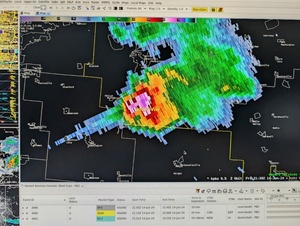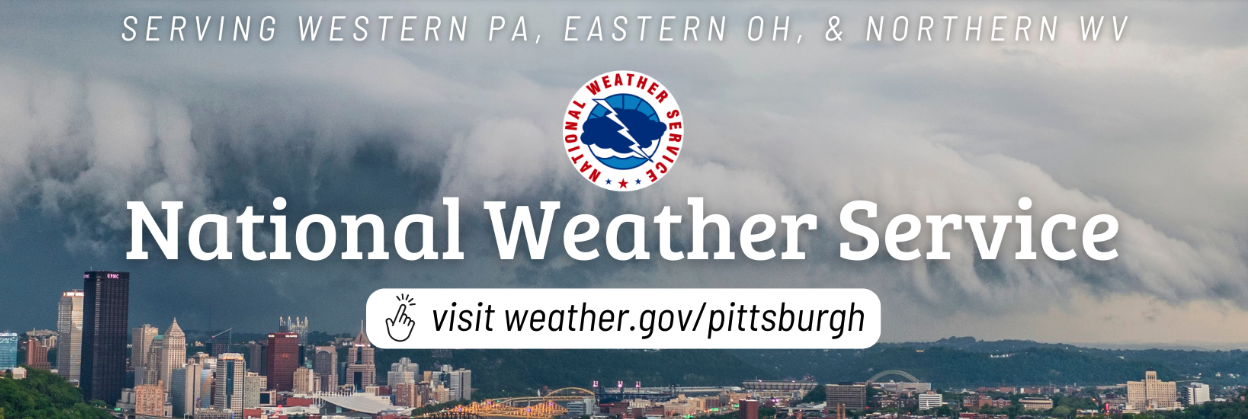A Hazard Services Milestone!


On June 14, the Pittsburgh NOAA National Weather Service Forecast Office (NWSFO) issued the first-ever real-time Severe Thunderstorm Warning using GSL-developed Hazard Services software. The warning alerted more than 32,000 residents across eastern Ohio to the imminent threat of severe weather.
This work is part of the NWS’s ongoing transition away from legacy warning applications and into the modern Hazard Services framework which improves risk communication and decision support, while mirroring the existing workflow for timely product issuance.
The forecasters at NWS Pittsburgh and other offices became proficient in issuing convective warnings using Hazards Services through a practice mode, which allowed the forecasters to issue test products in real time without dissemination and alerting. This way, the forecasters were able to become comfortable with the workflow of the new software while also assessing areas where the software required improvements for optimization. Only once they were comfortable with the workflow and software performance did they use HS to issue live products.
Hazard Services has already been rolled out to all Weather Forecast Offices for winter weather- and hydrology-related products. NWS Pittsburgh was the first office to issue a convective warning using the Hazard Services software, with other offices having now followed in their footsteps.
This accomplishment is the result of several years of diligent work by the entire Hazard Services Team. They ensured the software was mature enough to perform to the strenuous standards necessitated by such a time-sensitive phenomena with little room for operational error or delay. The migration of convective warnings onto Hazard Services for forecast operations is an important step in sunsetting the WarnGen software, which was also heavily developed and influenced by GSL several decades ago.
Evan Bookbinder, the NWS Information Technology Officer in Pittsburgh who issued the warning (and a big advocate for HS) summarized his experience by saying “It performed pretty much flawlessly. I know I have some repetition practice here, but it's soooooooo much better than WarnGen in terms of speed, tools, and not having to waste time making manual selections that are now controlled by smart logic. I repeatedly timed decision making to product issuance times at around 10 seconds!!!!”Current and past WISE team members who had a hand in this accomplishment include: Darrel Kingfield, Emily Schlie, Tracy Hansen, Vada Dreisbach, Chris Golden, Jim Ramer, Dani Solfest, Rob Weingruber, Suneng Zhuo, Kevin Manross, Yujun Guo, Susan Williams, Joe Wakefield, Taylor Trogdon, Justin Wilkerson, Greg Stumpf, Jack Drucker, andJosh Thompson.

